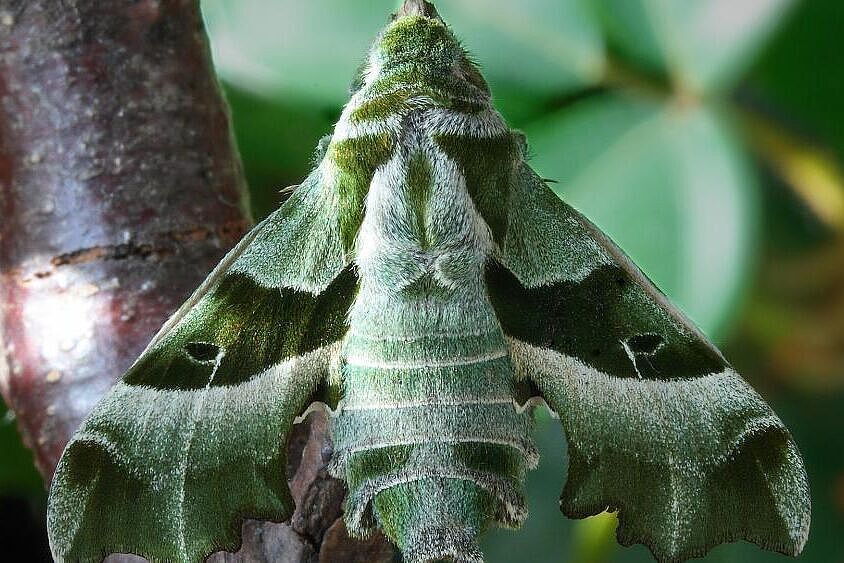The research team on light pollution from IGB, the StadtNatur association and the Leibniz Institute for Zoo and Wildlife Research (Leibniz-IZW) invite you to participate in the "Living Night" photo competition to draw attention to this fascinating diversity and to raise awareness of the importance of protecting nocturnal landscapes. Photograph nocturnal and crepuscular species, find artificial light sources and win great prizes. All information at www.stadtwildtiere.de. The period is 1 to 30 September 2022.
"With this campaign, we want to draw attention to the dark, mostly unnoticed half of the day, its importance and the beauty of its creatures," said Franz Hölker, who leads the light pollution research projects at the IGB.
More than half of the animals turn night into day
Whether it's a bat, a badger, a hedgehog or one of the beautiful moths - the dark half of the day has some exciting animals to offer. Among them are species that we can only rarely discover, such as owls or dormice and garden dormice. But also creatures that we often pass by carelessly. More than half of all animal species are crepuscular or nocturnal. Since we humans are mainly active during the day, we miss out on a fascinating part of biological diversity. Hardly anyone is aware that many nocturnal insects do a great deal of the pollination of our food and rare plants.
The loss of the night
The habitat of these animals - the night, or more precisely the dark night - is an endangered and increasingly rare commodity worldwide. More and more artificial lighting is causing natural darkness to disappear, and this is causing trouble for some organisms. Too much artificial light in the atmosphere, so-called light pollution, has a negative effect on animals, plants and also on us humans. Many studies indicate that light pollution can promote cancer and mental illness. Along with intensive agriculture and pesticides, it contributes to insect mortality. Even plants need the alternation of light and darkness: urban trees exposed to artificial light produce leaves too early in spring and shed them too late in autumn. This costs a lot of energy and thus harms the trees in the long run.
How to participate in the photo competition
Grab a camera and discover the night: twilight and nocturnal animals are not so easy to photograph, but those who succeed can win great prizes. The prizes will be awarded in two categories. In the Jury Prize category, an expert jury will decide on the best picture. For the Audience Award category, everyone can vote for their favourite picture from 15 to 30 October 2022 and thus choose the winners. So set the alarm and get going! All information is available at www.stadtwildtiere.de (only in German).
What else can you do?
Help to reduce light pollution: Switch off all lights that are not absolutely necessary. Do without artificial lighting in the garden, around the house or on the balcony. With this small step, which also saves energy, you help many animals and plants and thus the entire ecosystem. Every light source that is switched off counts!
****
Conditions of participation Photo competition:
Report your animal observation with a photo. Record artificial light sources in the vicinity (see registration form) and tick the box "I would like to take part in the "Living Night" photo competition". Find out more at www.stadtwildtiere.de
All pictures of crepuscular and nocturnal species from all over Germany taken between 1 and 30 September 2022 and uploaded to the platform can take part in the photo competition.
Prizes will be awarded in two categories: In the jury prize category, an expert jury will decide on the best picture. For the audience award category, all users of the platform can vote for their favourite picture from 15 to 30 October and thus choose the winners. The jury will also vote during this period.
The jury is composed as follows:
Daniela Friebel, artist
Jan Zwilling, science communicator and photographer
Jon A. Juarez, biologist and photographer


